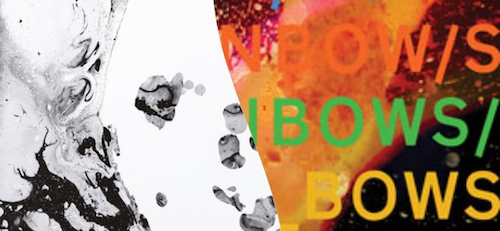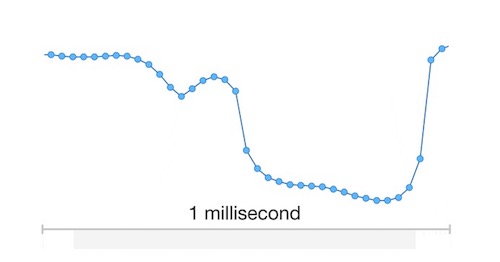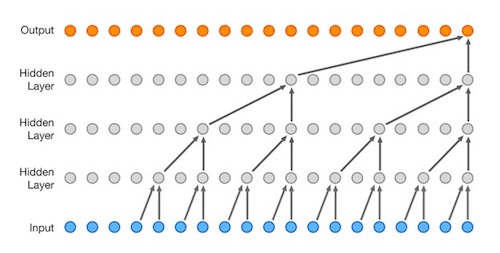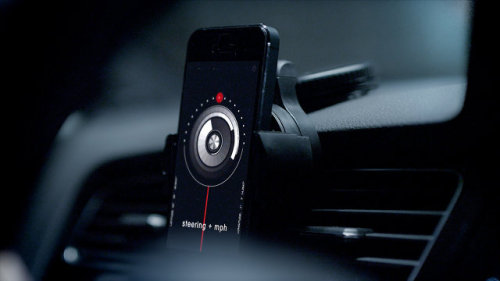Using neural networks to create new music
 Monday, June 5, 2017 at 18:01 tagged
Monday, June 5, 2017 at 18:01 tagged  deepmind,
deepmind,  generative,
generative,  network,
network,  neural,
neural,  neuralnetwork,
neuralnetwork,  wavenet
wavenet 


 Monday, June 5, 2017 at 18:01 tagged
Monday, June 5, 2017 at 18:01 tagged  deepmind,
deepmind,  generative,
generative,  network,
network,  neural,
neural,  neuralnetwork,
neuralnetwork,  wavenet
wavenet 


 Friday, August 28, 2015 at 12:24 tagged
Friday, August 28, 2015 at 12:24 tagged  ceramic,
ceramic,  chance,
chance,  france,
france,  generative,
generative,  water
water 

 Tuesday, November 26, 2013 at 11:17 tagged
Tuesday, November 26, 2013 at 11:17 tagged  apps,
apps,  driving,
driving,  generative,
generative,  iPhone,
iPhone,  music
music 
There’s some music I associate with traveling by car. I don’t own a car and travel by public transport most of the time, so it’s mostly based around memories of sitting in the back of my parents’ car, listening to Phil Collins, Crowded House and the like. But I do ‘get’ what people call “driving music”. Some music’s just better suited to drive to.

Volkswagen played on this concept, taking driving music further. Collaborating with dance music artists Underworld and audio specialist Nick Ryan, maybe best known for his 3D audio game Papa Sangre, they created an app which reads different data streams from a smartphone which are then used to generate the music. So when you’re slowly driving along a country road on a rainy thursday morning, the music’s going to sound a whole lot different than if you’re speeding down the motorway on your way home that night.
I think it’s good to see technologies like this that have been around in more open-source efforts like MobMuPlat being used by R&D departments of bigger companies to bring new experiences like these to a broader audience. The app isn’t commercially available yet, but they are inviting people to “play the road” themselves.